
In 2007 I bought a Canon EOS-1D Mk III and I sold it 12 months later because mine had the much reported Autofocus tracking problem and swapped to Nikon with it’s D3 body. That camera and it’s subsequent updates of D3x, D3s and D4 all used a similar approach to autofocus. With the Canon EOS-1D X/C cameras, Canon has moved the playing field and seems to be using a whole new approach to autofocus, especially in continuous tracking mode, which is the fundamental function required by sports and action photographers.
Before the 1D C/X, both Nikon and Canon relied on the concept of expansion or helper points. The photographer chose one of the AF sensor points and can select an additional 9, 21 or 51 in the case of Nikon, in a pattern that radiated out from the point selected to assist the camera to lock focus. These helper points meant that if the subject moved quickly or erratically so the selected point was no longer over the subject the camera’s AF software can look for areas that were close to the selected point to focus on. Here’s the relevant function in the cameras’ manuals. The first one is for the Nikon D3 and the second one for the Canon EOS-1D Mk IV:
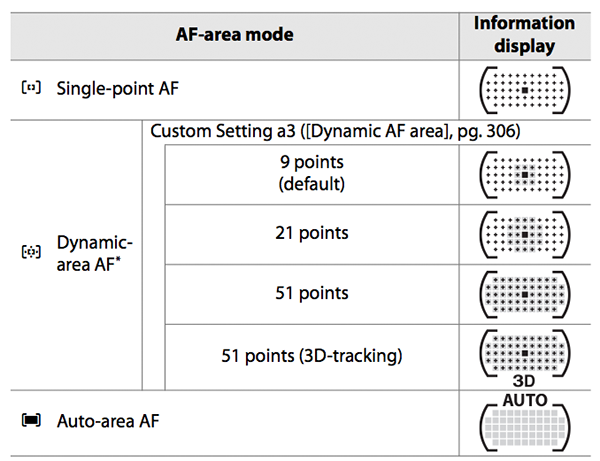
Note there is a mode called Auto-area AF – more on that later.
Canon’s approach is similar, a ring of helper points or every helper point. The only difference is Nikon has the ability to have 21 helper points in addition to the ring of 9 points and every (51) point.
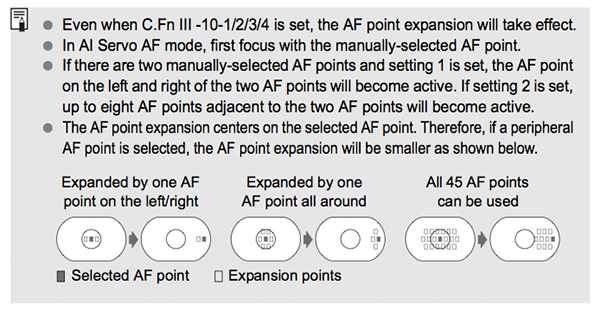
Now, fast forward to 2012 with the Canon 1D X/C. Canon claims it is a completely new AF system and looking at the manual and using the camera it certainly performs differently. Note that there is a departure from an emphasis of expansion points to a much smarter algorithm
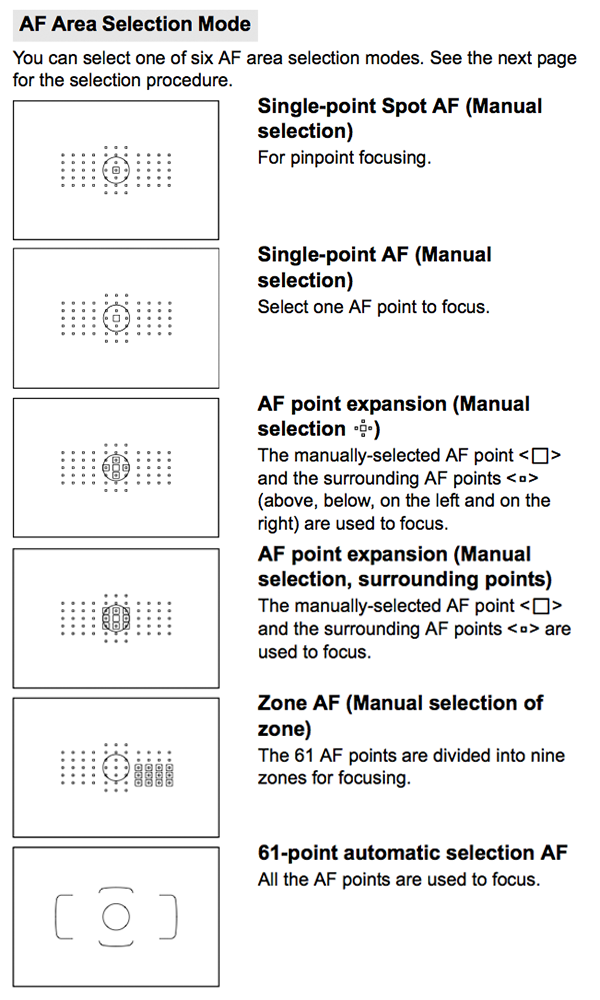
So is the new approach better than the old? Here is an example of the limitations of using expansion points in autofocus. The next two photos shows what happens when the photographer miss the subject. The camera has locked on to the criss cross area of the netting because it has a nice contrasty shape, rather than the relatively flat colours of the players’ uniforms. Notice that this happens regardless of whether the netting is white or black, it’s just the higher contrast of the net that the AF software algorithms prefer.
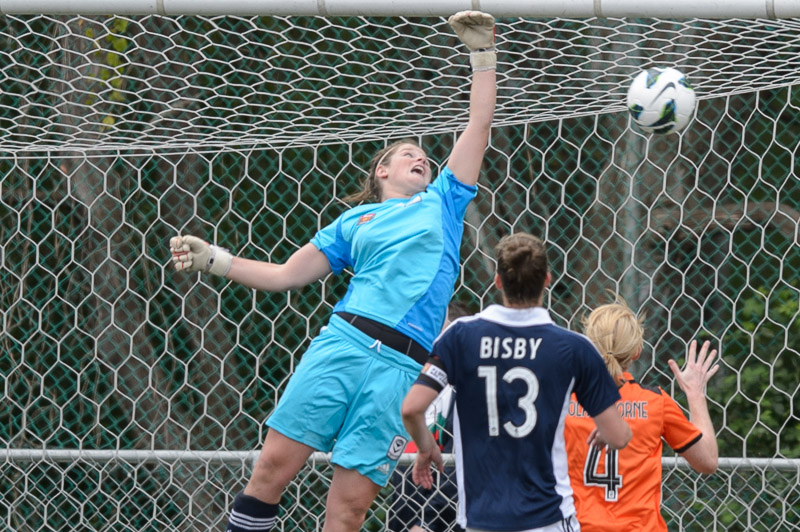
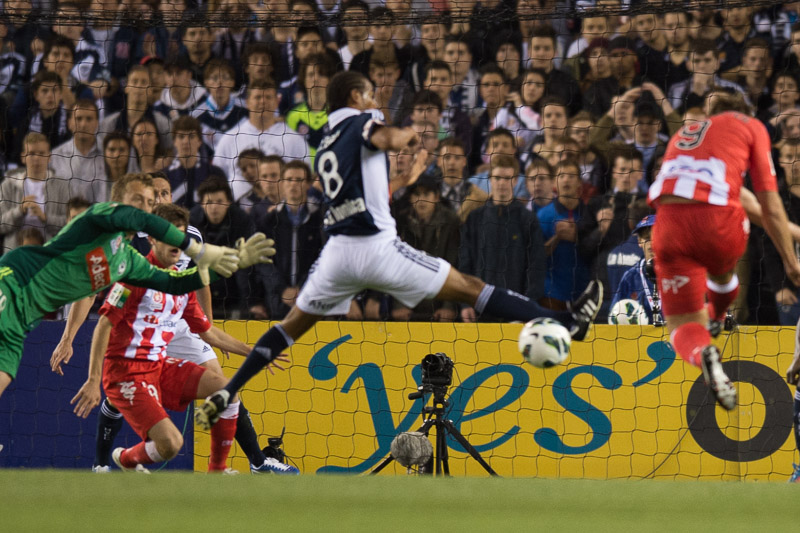
These photos were shot using a Nikon D4 but based on previous shots with the D3 and D3s, as well as the Canon 1D Mk III, the AF systems all exhibit this problem. Now lets’ see what happens with the current Canon 1D X:
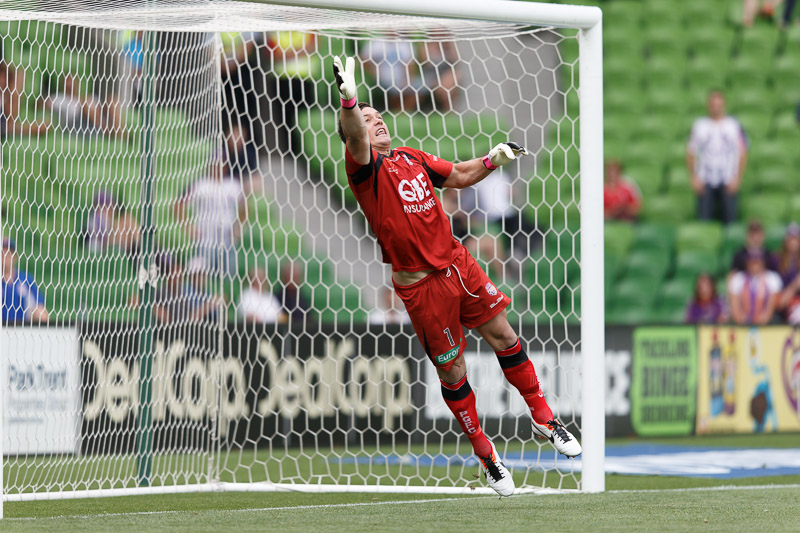
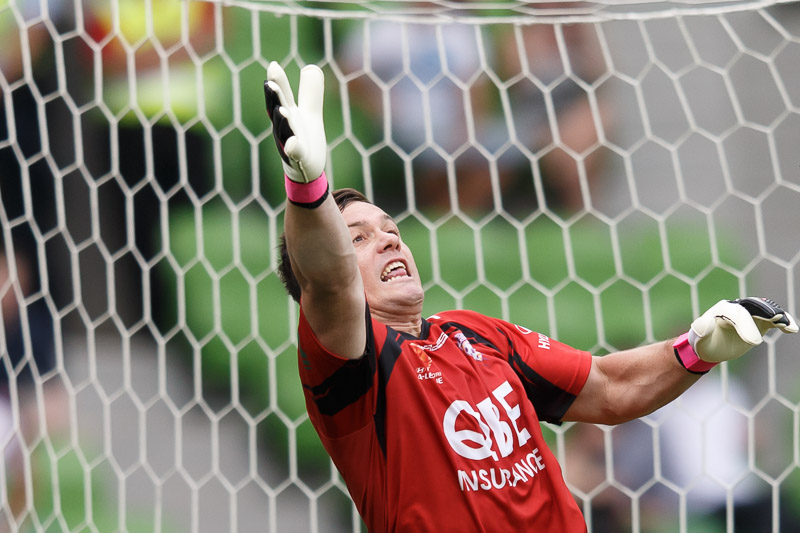
The AF wasn’t tricked by the higher contrast of the netting and focused on the goal keeper. I’m seeing the keeper rate of photos like this much higher with the 1D X/C than the previous generation of cameras from Nikon and Canon.
While I don’t know the actual software algorithms used by Nikon and Canon I can make an educated guess at what’s happening. I suspect that the Canon 1D X/C has an AF system that relies or prioritises shape or object detection over a brute force contrast detection. That’s why you don’t see settings for ever increasing helper points. In fact the ability to have a finer control of helper points to 4 in the shape of a cross or 9 in the shape of a circle confirms this. But the really exciting setting is what Canon call “automatic selection of AF” and what Nikon called “Auto-area AF”. These are the black-box settings where the photographer relies on the camera to focus on what it thinks it should. Many photographers will never use this mode – it’s too much a leap of faith, and the fear of missing the shot will be a deterrent that’s impossible to overcome. But those that do will be rewarded by amazing results. Canon explains it here. The pattern recognition software in these cameras are amazing. It will magically focus on the eyes when it sees a face, and it’ll pick out a person rather than the background. I’m seriously impressed. Nikon’s older Auto-area AF was also very good in certain circumstances, but the Canon’s implementation in the 1D X/C is just that much better.
What’s coming next? If I were a software engineer at Nikon or Canon I would love to have some form of eye-controlled AF as pioneered in the EOS-5 and rumoured to be making a come-back in a Sony DSLR in 2014. But the holy grail would be to incorporate a Lytro-type AF where the focus points can be changed after the photo is taken. Now wouldn’t that be something.